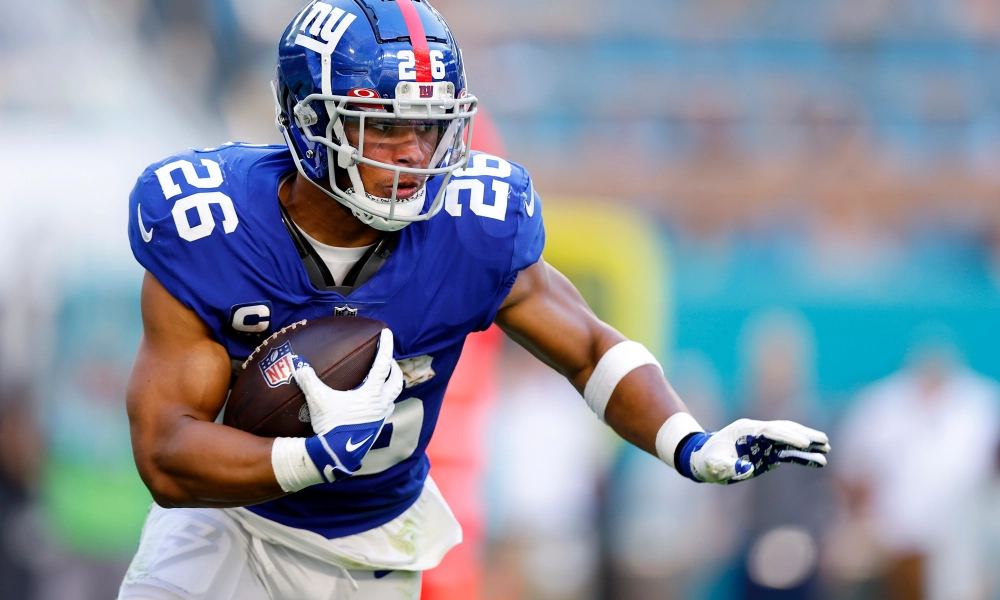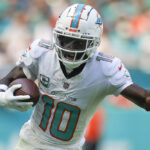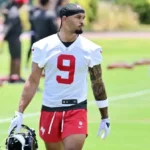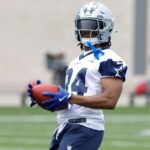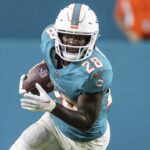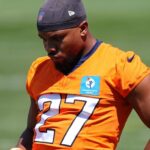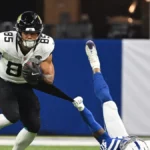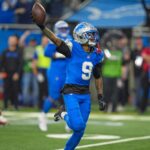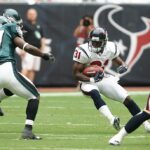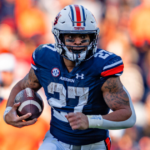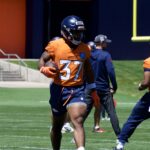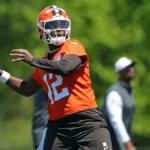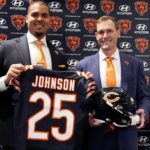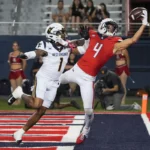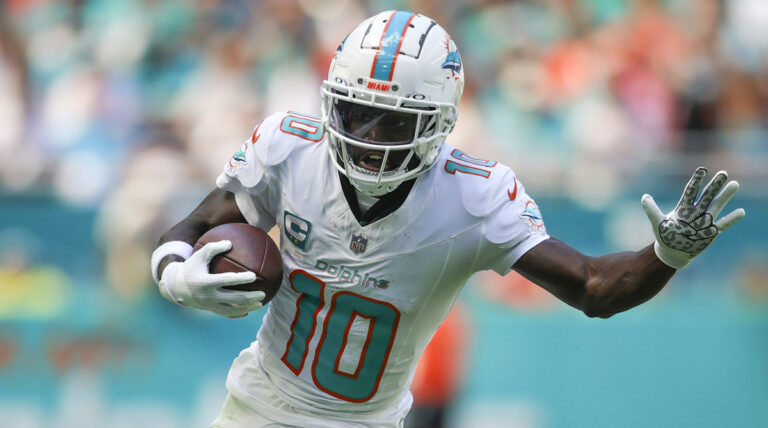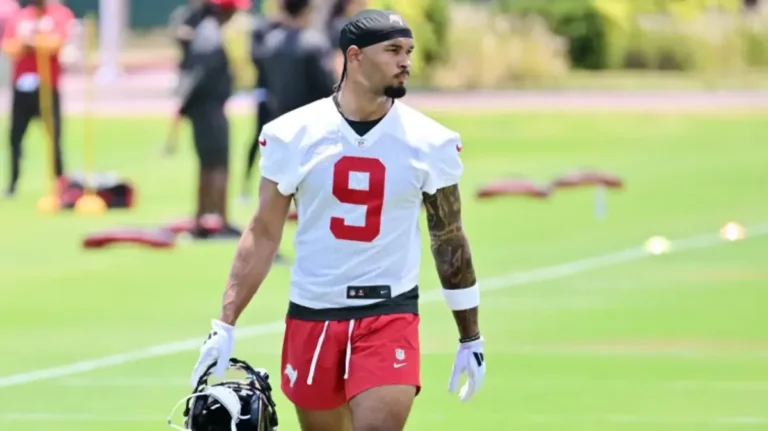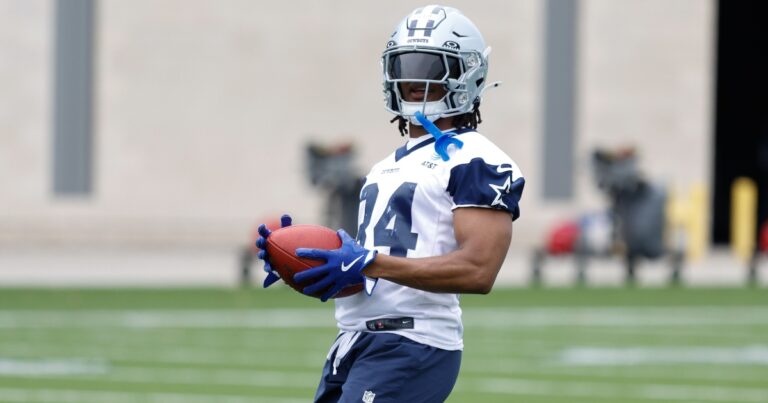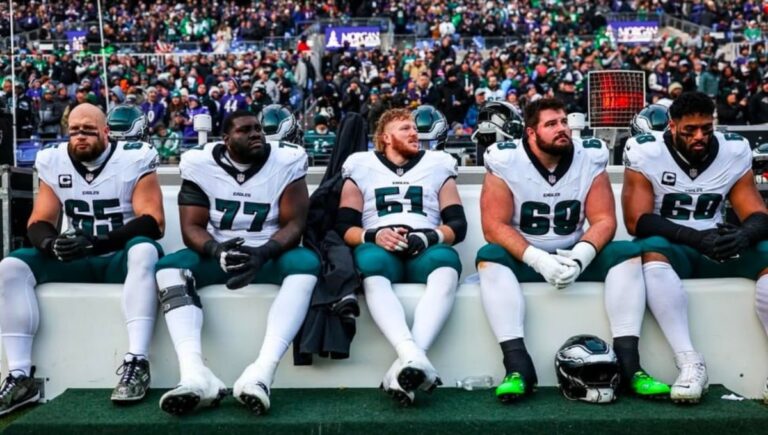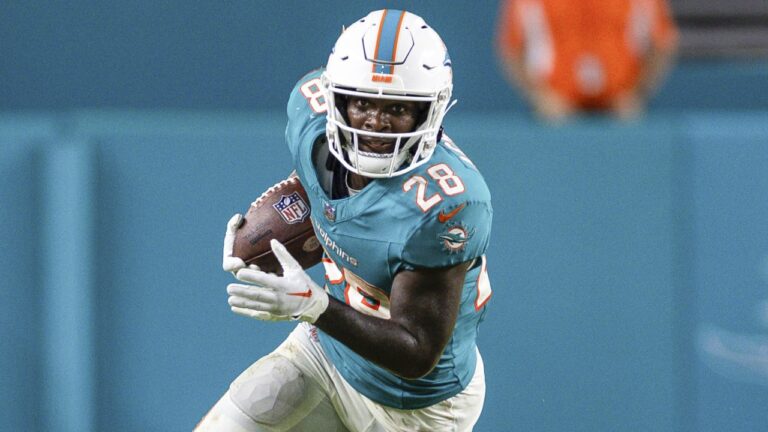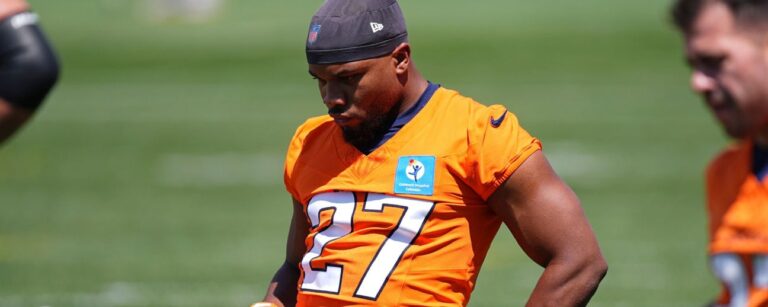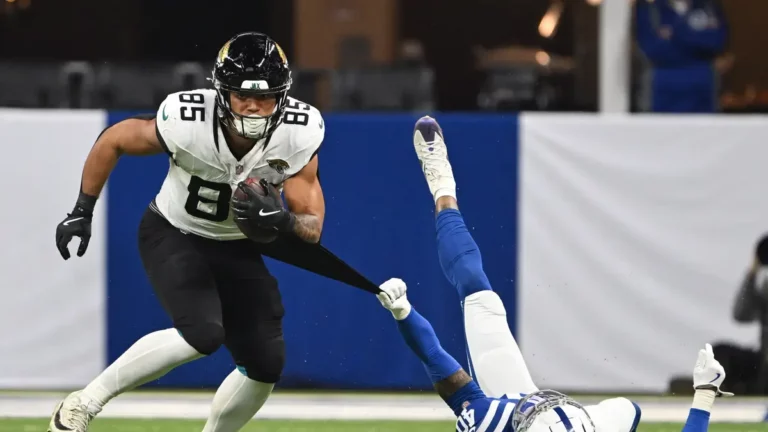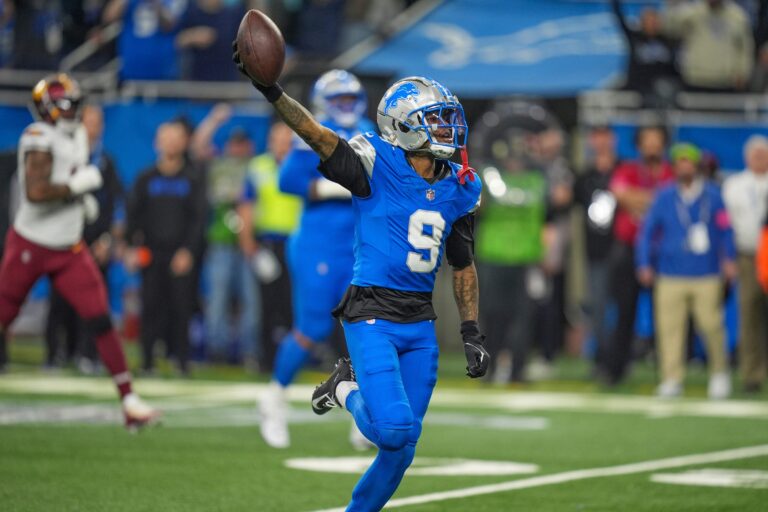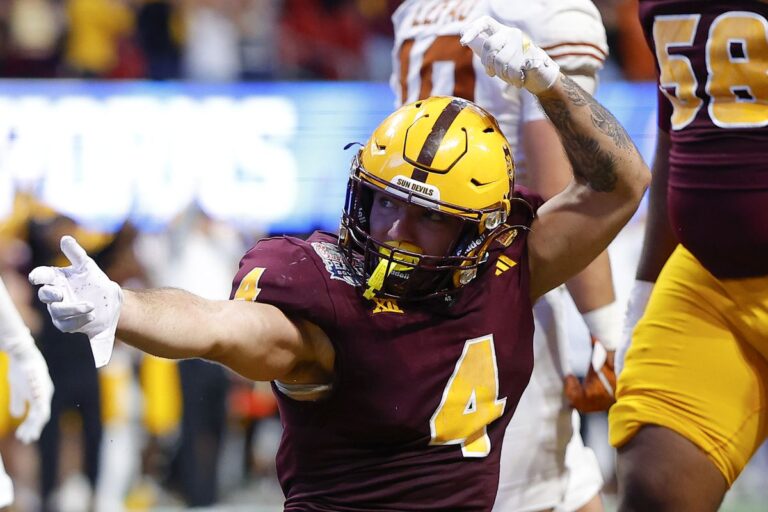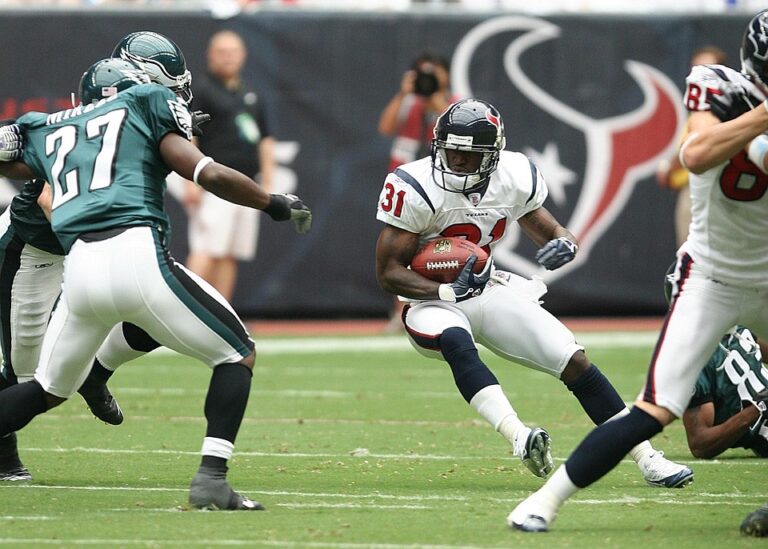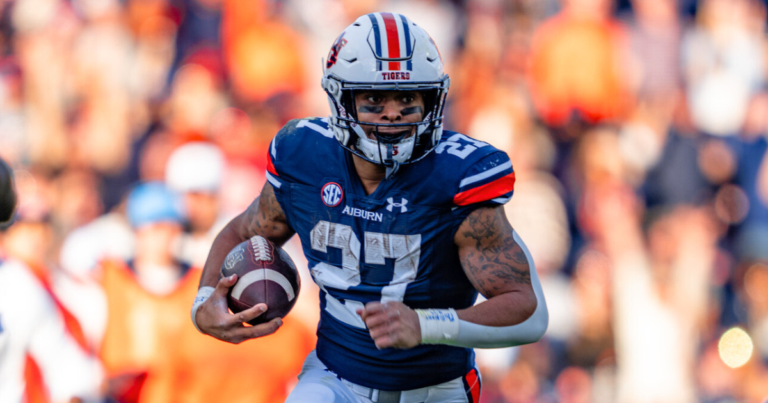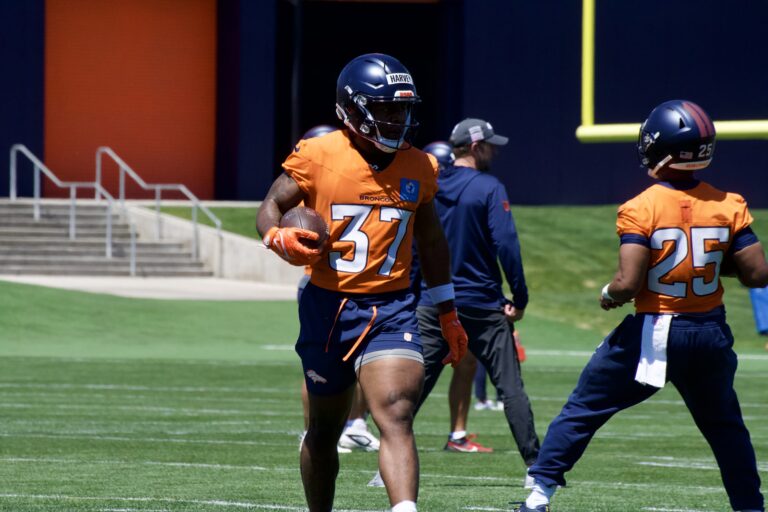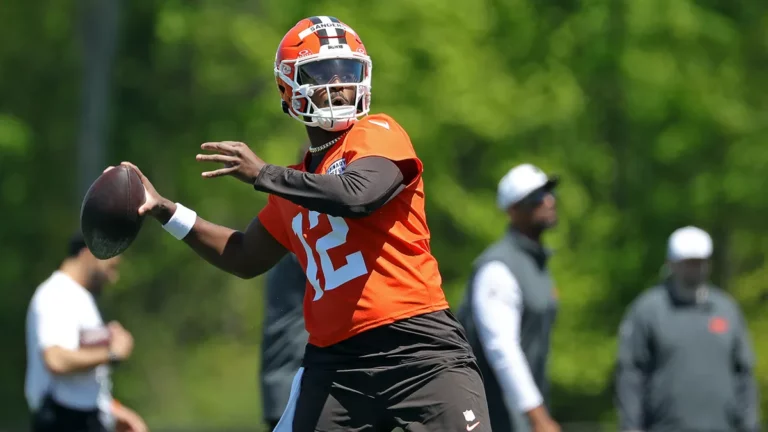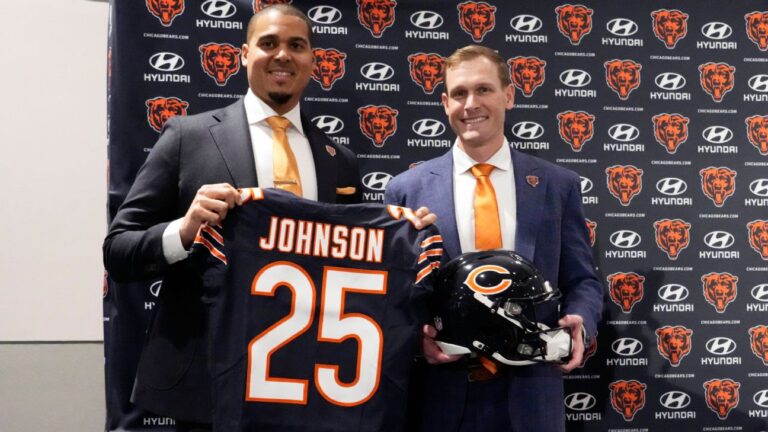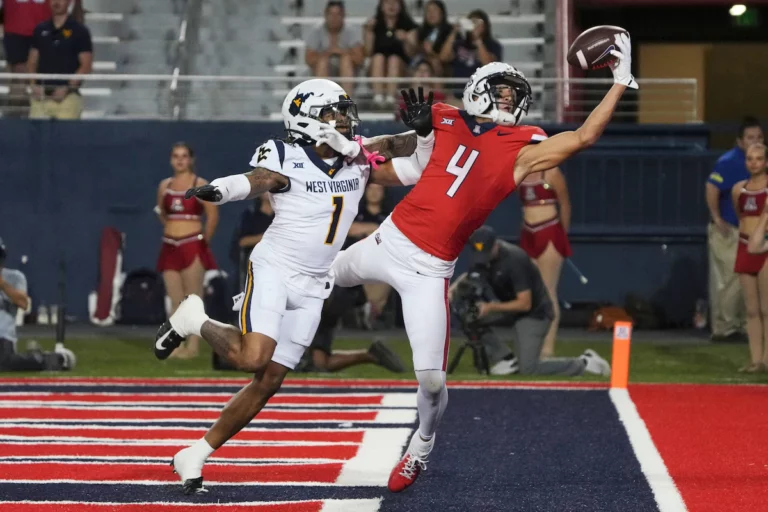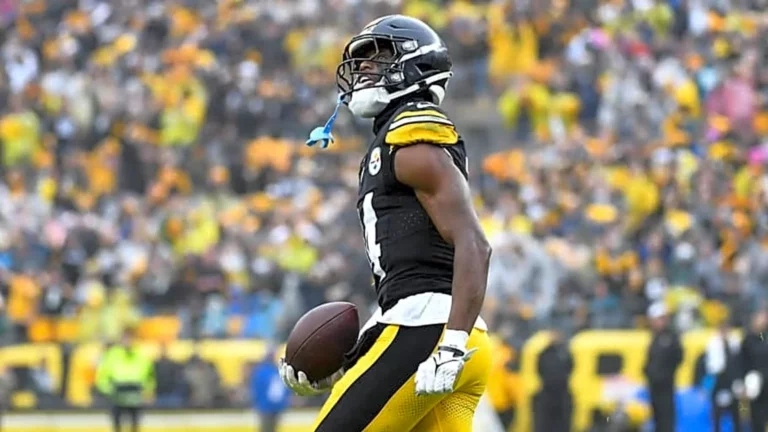Underdog Fantasy best ball is simple – enter a draft room with 11 other players and draft an 18-man roster. The top scorers on your team will automatically be placed in your starting lineup each week. No in-season management! Best ball is a great way to gauge ADP over the summer to ready yourself for the redraft rigors of the fall.
But before we begin, it is important to understand that best ball tournaments pit you against thousands of other players. Week 17 is where most of the winnings are distributed. In order to maximize ROI, I urge you to draft creatively to improve your chances of winning the whole damn thing.
This article will outline three roster structures that can give you a competitive advantage.
Take this advice and put it to good use. Download the Underdog Fantasy app, use promo code RSJ or click the link, and get a 100% first deposit match up to $100.
Tournament Schedule
Round 1: Weeks 1-14
Quarterfinals: Week 15
Semifinals: Week 16
Finals: Week 17
Starting Lineup
1 QB
2 RB
3 WR
1 TE
1 Flex
10 Bench
HYPER FRAGILE RB
Made famous by the original Underdog Fantasy Best Ball Mania winner and Establish the Run writer, Justin Herzig, the hyper-fragile roster construction is the least “comfortable” draft strategy. The fragility aspect equates to the number of running backs selected. There is room for debate on what round to draft these backs, but one thing is for certain: your final roster should include only four running backs. All running backs are not created equal, and this roster construction winning a large field tournament should offer proof.
NBC Sports Edge’s Pat Kerrane has outlined The Legendary Profile. This profile shows that legendary running back seasons can be the skeleton key for drafters. A legendary RB, as Pat defines it, scores 23 or more fantasy points per game and can also equate to a 20% win rate in managed leagues. Assuming each player has a base win rate of about 8%, this is a big deal!
In order to identify legendary running back profiles, it is important to take into account a variety of factors including pass-catching ability, green zone opportunities (inside the 5-yard line), age, weight, and efficiency. Most running backs produce their best seasons early in their career, this helps us zero in on one variable: These backs must be heavy enough to command goal line opportunities, yet agile enough to stay on the field for third downs and two-minute drills.
Legendary running back profiles targets in 2022 may include:
– Round 1 – Jonathon Taylor, Christian McCaffery, Dalvin Cook
– Round 2 – D’Andre Swift, Saquon Barkley
– Round 3 – Javonte Williams
– Round 4 – Travis Etienne, Cam Akers
– Round 5 – Breece Hall, J.K. Dobbins
– Rounds 6+ – A.J. Dillion, Tony Pollard, Ken Walker, Rhamondre Stevenson, Rachaad White
Now that you’ve loaded your roster with legendary running back candidates, what next? Well, there are a couple of options depending on how the draft shakes out for you.
The three microstructures to choose from are: 2-4-10-2 (two quarterbacks, four running backs, ten receivers, and two tight ends), 3-4-9-2, and 2-4-9-3. If an elite talent falls to you at both onesie positions (QB and TE), then it makes sense to continue to hammer receivers. But if a run of quarterbacks/tight ends forces you into drafting later-round options, it is advantageous to grab an extra onesie.
Below is an example of the hyper-fragile structure in practice:

ZERO RB
The zero-running back strategy is also a hotly debated structure. While the true origins may still be unknown, RotoViz writer Shawn Siegele took down the NFFC Primetime tournament with this structure back in 2013. While not technically a best ball format — zero RB still has proven tournament-winning upside.
“In the NFFC Primetime, two brothers, Ty and Shawn Siegele of Kansas City, Missouri, dominated the competition in record fashion. They not only topped 432 teams for the $150,000 grand prize, but they also had the runner-up team to earn another $25,000. In all, the Siegeles won 5 NFFC Primetime league titles in 2013 and more than $200,000 in prize money.”
NFFC archives
The Zero RB structure is straightforward – wait until at least round 8 before selecting a running back. This allows you to load up on receivers and elite onesies. The reason for this is twofold. First, Underdog lineups start three receivers each week. Capitalizing on early-round receiver talent allows for both high floor and
high ceiling options and increases your chance to start a premier talent in your flex position. The goal of the zero RB structure is to conclude the season with five top 25 WRs. Secondly, NFL seasons are often injury-riddled and chaotic. Drafting a variety of later-round running back profiles can turn a seemingly below-average team into a super team with a few positive outcomes. Common microstructures include: 2-6-8-2 and 2-7-7-2. Zero RB is less likely to deviate from these microstructures as elite onesie targets are a priority!
While Zero RB is a simplistic concept, there is some nuance when mixing RB profiles. I like to structure my zero RB teams with high upside handcuffs, uncertain/split backfield values, and pass catchers. It is important to create both a RB floor and ceiling in these builds. The floor comes from pass catchers and split backfields while the ceiling comes from high upside handcuffs. Too low of a floor could cause a team not to advance past round one. Not enough upside makes it unlikely to advance past the quarter or semifinals.
High-upside handcuffs: A.J. Dillion, Tony Pollard, Kareem Hunt, Alexander Mattison, Rachaad White, Tyrion Davis-Price/Jeff Wilson
Teams with uncertain/split backfields: Atlanta, Buffalo, Denver, Houston, Kansas City, Miami, New England, Philadelphia, Seattle, Washington
Pass catchers: Chase Edmonds, James Cook, Nyheim Hines, Michael Carter, Kenneth Gainwell, J.D. McKissic, Jerick McKinnon
Below is an example of the Zero RB structure:

HERO RB
The hero running back (or modified zero RB) structure is simple and popular amongst drafters. Take one early running back to anchor your roster and fill the rest out how you see fit. This allows you to scoop ADP values while getting creative with microstructures.
Pairing a legendary running back season with an alpha receiver or an early-round tight end could give you a unique edge in the final weeks of the tournament. For example, few teams likely start a draft with Cooper Kupp and Saquon Barkley. These players each bring week-winning upside, and a rare early-round combo like this means lower ownership percentages. If Kupp has a massive Week 16 against the Broncos, it is probable that a large majority of the remaining Kupp teams advance to the finals. Barkley provides the edge against other Kupp owners, and is possibly the differentiating factor.
A unique start requires some luck as a player needs to fall well past ADP. If/when this happens in the early rounds, the hero running back build could set your team apart from the field.
Below is an example of the Hero RB structure:

One last friendly reminder – the running back landscape is fragile. Embrace the fragility or fade it, stockpiling middling running backs limits your team’s tournament-winning upside. Draft creatively, draft players you have conviction in, and stick to a structure!
Don’t forget to take this advice, download the Underdog Fantasy app, use promo code RSJ or click the link, get a 100% first deposit match up to $100, and put the strategy into use to dominate their season-long best ball tournaments.
